Carrie became an official angler on the spit at English Bay. She was fishing in saltwater when a 14-inch Dolly took her bait.
English Bay is a short flight from Homer. The airport, such as it is, is a wide, flat, narrow strip of gravel on the spit separating the ocean from the brackish lagoon. When the tide’s out, the lagoon’s almost empty except for the clear-water stream running through its middle surrounded by mud and slick moss. There’s a rock cliff at one end of the airstrip. The town’s church, complete with a short steeple at one end and a chimney at the other, sits on a small hill at the approach end of what locals call English Bay International Airport.
Fortunately, prevailing winds allow landing over the church, keeping the wings between steeple and chimney, slipping the aircraft on final approach, and immediately dropping flaps and standing on the brakes as soon as wheels feel gravel. If the pilot isn’t lined up right, he can go around.
Coming in from the other direction would mean coming in low over the ocean, swinging in front of the cliff at the last moment, just before touchdown. There’s no chance to go around. If the plane is going too fast or is too high, the church hill and church at the other end of the strip will wear a bent prop and twisted wings. There’s not many attempts at a landing from the cliff end of English Bay International Airport.
The day Carrie caught her first fish found us approaching English Bay in our old Stinson Voyager model 108-3. I keyed the radio mike and made a blind announcement advising any traffic in the area that 857 Charlie was about to land. Coming over the church at 64 miles an hour, and with the cliff looming at the other end, makes the landing seem more dangerous than it is. We touched down, dropped the flaps, hit the brakes, and stopped way short of the runway’s end.
The tide was out, but was turning, as we had anticipated. We parked 857 Charlie and unloaded our gear. A couple of locals came down from town, checked us out, and gave us a current fishing report.
We decided to fish the saltwater on the incoming tide. The locals told us that they had been doing good on Dollies. Carrie’s rod was the first one out of the plane, and it was soon set up ready to fish with. Carrie took her rod and was quickly casting into the almost lakelike calm water of the bay.
Before I could get my rod up and running, I heard this gosh-awful scream coming from the beach. I didn’t know Carrie could make that much noise.
“Help, Dad! Help!” she screamed. I ran to her side only to discover she had hooked into a feisty sea-run Dolly that had taken exception to being caught by a little girl and was doing its best to keep its tail in the ocean.
Carrie’s line and rod were set up for reds up the river we intended to go after the tide brought in the next run. She was way over-geared for this little Dolly she was making a fuss over. The Dolly never stood a chance. It was well hooked, and Carrie’s method of playing and landing was backing up the beach while hollering her lungs out for Dad’s help. She soon succeeded in beaching the fish and held it and her salmon rod up for a family album photograph.
I can’t remember if she released her Dolly or kept it for breakfast. I hardly remember going up the stream catching reds. I don’t remember the takeoff toward the cliff or the flight home. But I’ve got the picture in our family scrapbook of Carrie standing on the beach at English Bay holding up her first fish. And, I’ll never forget Carrie hollering for Dad’s help. It’s nice for a dad to be needed.




 This is Publication Consultants’ motivation for constantly striving to assist authors sell and market their books. Author Campaign Method (ACM) of sales and marketing is Publication Consultants’ plan to accomplish this so that our authors’ books have a reasonable opportunity for success. We know the difference between motion and direction. ACM is direction! ACM is the process for authorpreneurs who are serious about bringing their books to market. ACM is a boon for them.
This is Publication Consultants’ motivation for constantly striving to assist authors sell and market their books. Author Campaign Method (ACM) of sales and marketing is Publication Consultants’ plan to accomplish this so that our authors’ books have a reasonable opportunity for success. We know the difference between motion and direction. ACM is direction! ACM is the process for authorpreneurs who are serious about bringing their books to market. ACM is a boon for them. Release Party
Release Party Web Presence
Web Presence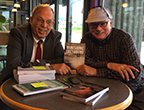 Book Signings
Book Signings Facebook Profile and Facebook Page
Facebook Profile and Facebook Page Active Social Media Participation
Active Social Media Participation Ebook Cards
Ebook Cards The Great Alaska Book Fair: October 8, 2016
The Great Alaska Book Fair: October 8, 2016

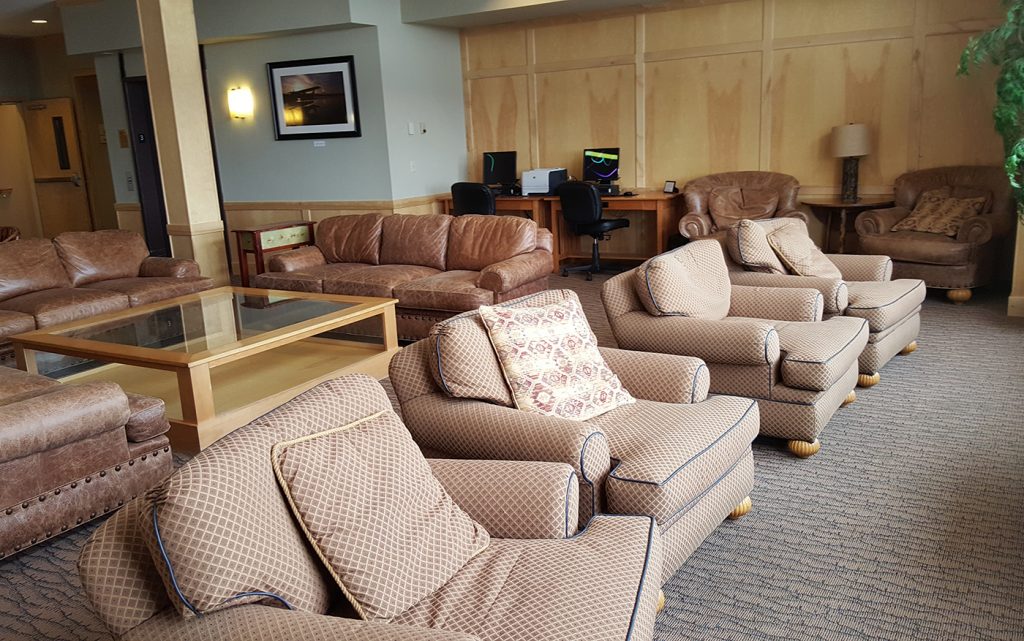
 Costco Book Signings
Costco Book Signings eBook Cards
eBook Cards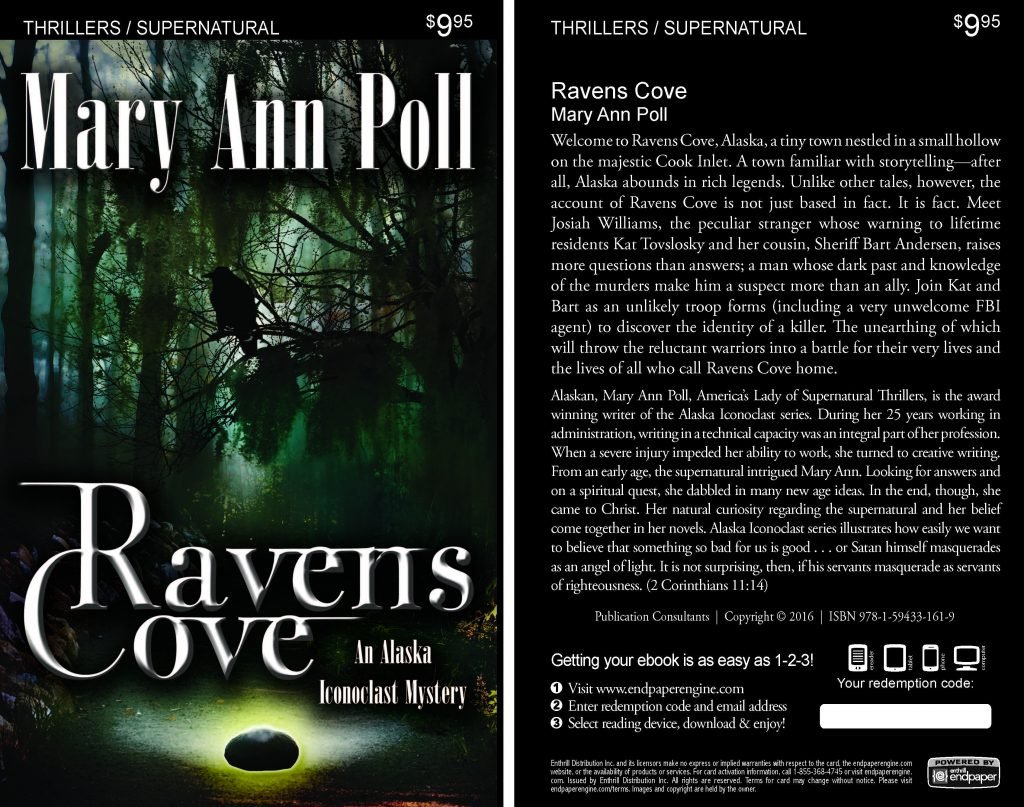

 Benjamin Franklin Award
Benjamin Franklin Award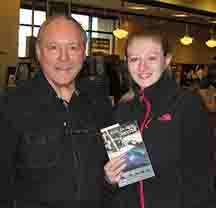 Jim Misko Book Signing at Barnes and Noble
Jim Misko Book Signing at Barnes and Noble
 Cortex is for serious authors and will probably not be of interest to hobbyists. We recorded our Cortex training and information meeting. If you’re a serious author, and did not attend the meeting, and would like to review the training information, kindly let us know. Authors are required to have a Facebook author page to use Cortex.
Cortex is for serious authors and will probably not be of interest to hobbyists. We recorded our Cortex training and information meeting. If you’re a serious author, and did not attend the meeting, and would like to review the training information, kindly let us know. Authors are required to have a Facebook author page to use Cortex. Correction:
Correction: This is Publication Consultants’ motivation for constantly striving to assist authors sell and market their books. ACM is Publication Consultants’ plan to accomplish this so that our authors’ books have a reasonable opportunity for success. We know the difference between motion and direction. ACM is direction! ACM is the process for authors who are serious about bringing their books to market. ACM is a boon for serious authors, but a burden for hobbyist. We don’t recommend ACM for hobbyists.
This is Publication Consultants’ motivation for constantly striving to assist authors sell and market their books. ACM is Publication Consultants’ plan to accomplish this so that our authors’ books have a reasonable opportunity for success. We know the difference between motion and direction. ACM is direction! ACM is the process for authors who are serious about bringing their books to market. ACM is a boon for serious authors, but a burden for hobbyist. We don’t recommend ACM for hobbyists.

 We’re the only publisher we know of that provides authors with book signing opportunities. Book signing are appropriate for hobbyist and essential for serious authors. To schedule a book signing kindly go to our website, <
We’re the only publisher we know of that provides authors with book signing opportunities. Book signing are appropriate for hobbyist and essential for serious authors. To schedule a book signing kindly go to our website, < We hear authors complain about all the personal stuff on Facebook. Most of these complaints are because the author doesn’t understand the difference difference between a Facebook profile and a Facebook page. Simply put, a profile is for personal things for friends and family; a page is for business. If your book is just a hobby, then it’s fine to have only a Facebook profile and make your posts for friends and family; however, if you’re serious about your writing, and it’s a business with you, or you want it to be business, then you need a Facebook page as an author. It’s simple to tell if it’s a page or a profile. A profile shows how many friends and a page shows how many likes. Here’s a link <> to a straight forward description on how to set up your author Facebook page.
We hear authors complain about all the personal stuff on Facebook. Most of these complaints are because the author doesn’t understand the difference difference between a Facebook profile and a Facebook page. Simply put, a profile is for personal things for friends and family; a page is for business. If your book is just a hobby, then it’s fine to have only a Facebook profile and make your posts for friends and family; however, if you’re serious about your writing, and it’s a business with you, or you want it to be business, then you need a Facebook page as an author. It’s simple to tell if it’s a page or a profile. A profile shows how many friends and a page shows how many likes. Here’s a link <> to a straight forward description on how to set up your author Facebook page.



 Mosquito Books has a new location in the Anchorage international airport and is available for signings with 21 days notice. Jim Misko had a signing there yesterday. His signing report included these words, “Had the best day ever at the airport . . ..”
Mosquito Books has a new location in the Anchorage international airport and is available for signings with 21 days notice. Jim Misko had a signing there yesterday. His signing report included these words, “Had the best day ever at the airport . . ..”


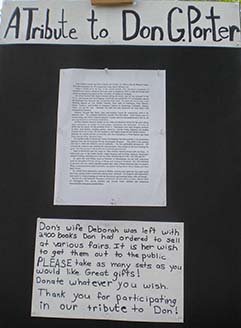
 The Lyin Kings: The Wannabe World Leaders
The Lyin Kings: The Wannabe World Leaders
 Time and Tide
Time and Tide


 ReadAlaska 2014
ReadAlaska 2014 Readerlink and Book Signings
Readerlink and Book Signings
 2014 Independent Publisher Book Awards Results
2014 Independent Publisher Book Awards Results

 Bonnye Matthews Radio Interview
Bonnye Matthews Radio Interview
 Rick Mystrom Radio Interview
Rick Mystrom Radio Interview When he published those overseas blogs as the book The Innocents Abroad, it would become a hit. But you couldn’t find it in bookstores.
When he published those overseas blogs as the book The Innocents Abroad, it would become a hit. But you couldn’t find it in bookstores. More NetGalley
More NetGalley Mary Ann Poll
Mary Ann Poll
 Bumppo
Bumppo
 Computer Spell Checkers
Computer Spell Checkers Seven Things I Learned From a Foreign Email
Seven Things I Learned From a Foreign Email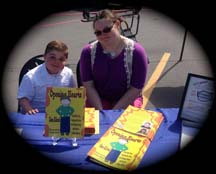 2014 Spirit of Youth Awards
2014 Spirit of Youth Awards Book Signings
Book Signings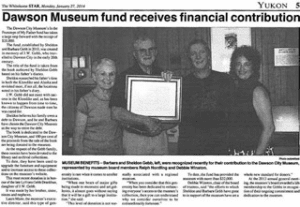


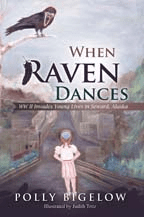 Blog Talk Radio
Blog Talk Radio Publication Consultants Blog
Publication Consultants Blog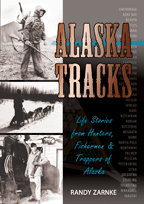 Book Signings
Book Signings

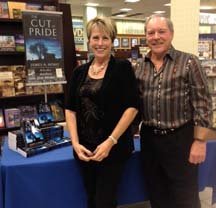

 Don and Lanna Langdok
Don and Lanna Langdok Ron Walden
Ron Walden Book Signings Are Fun
Book Signings Are Fun Release Party Video
Release Party Video
 Erin’s book,
Erin’s book,  Heather’s book,
Heather’s book,  New Books
New Books